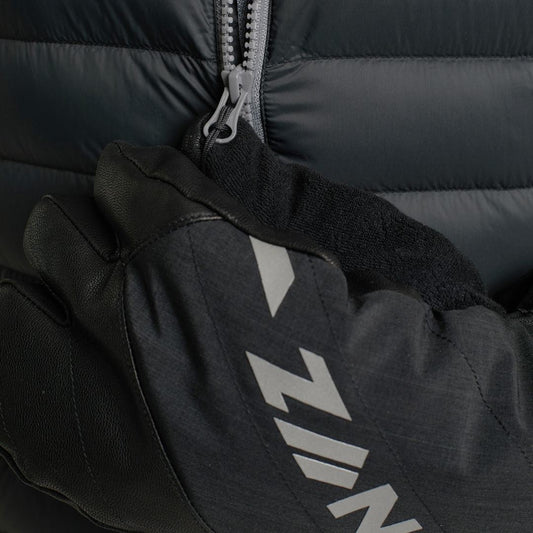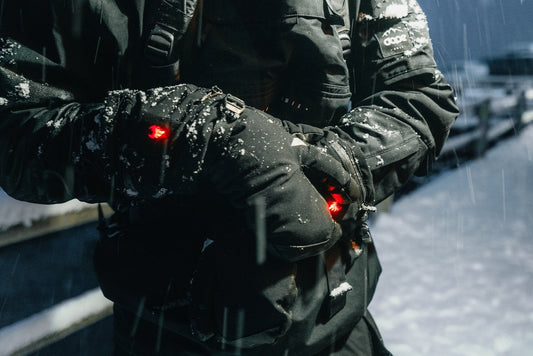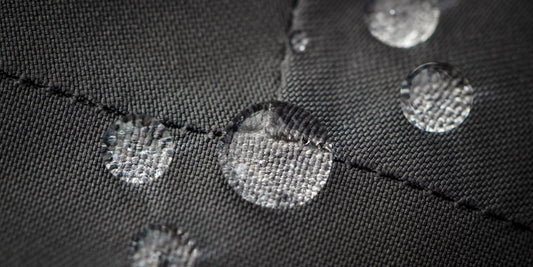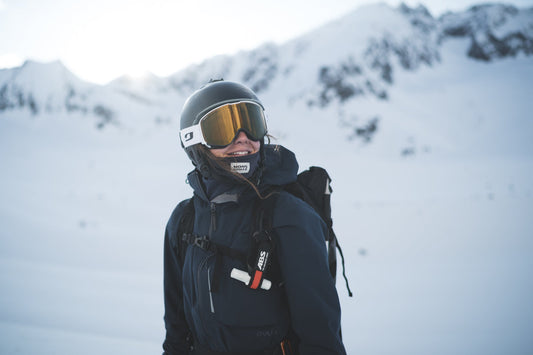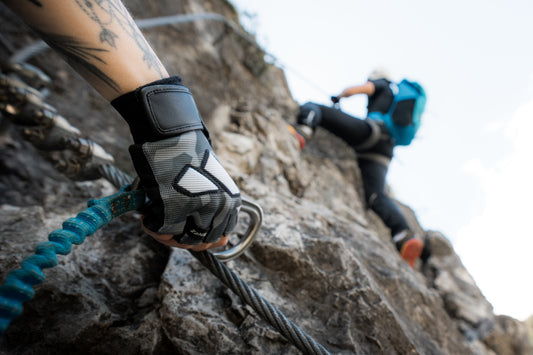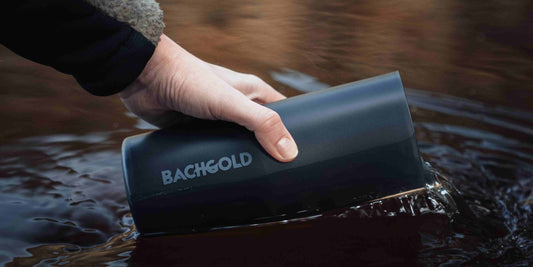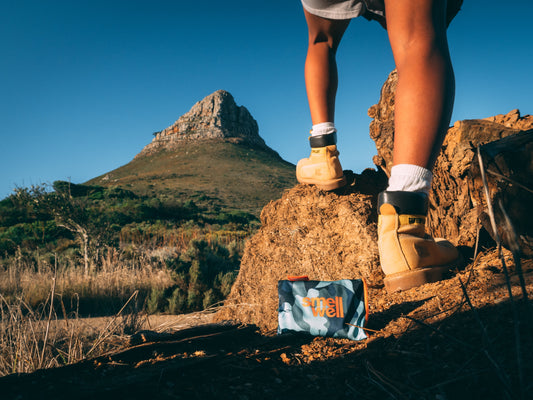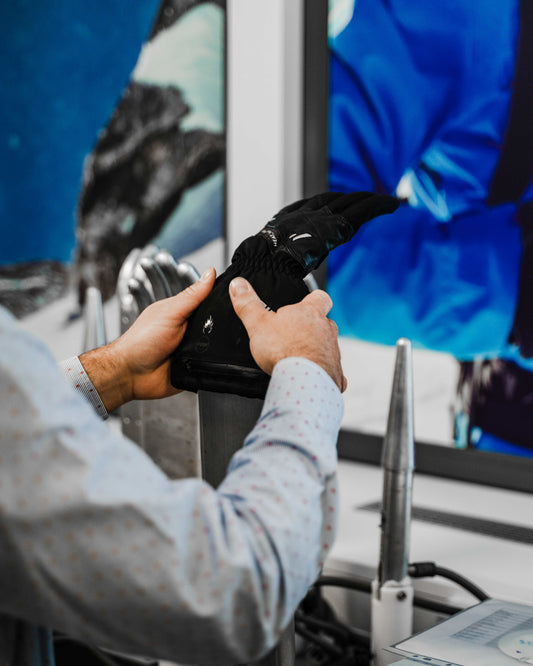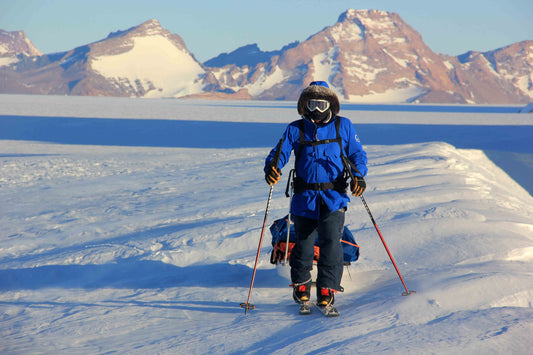Especially in preparation for Environment Day on June 5, we would like to take a closer look at what it means to be climate neutral. At a time when this term is often viewed critically, we want to be transparent and explain how we ensure that our products and processes are truly environmentally friendly.
“Climate-neutral” and “CO2-neutral” - what's the difference?
"Climate-neutral" means that companies calculate the CO2 emissions for their products, processes or their own company and finance certified climate protection projects in the amount of these emissions.
Greenhouse gases such as CO2 are distributed evenly in the atmosphere, so the concentration of greenhouse gases is roughly the same all over the world. It is therefore irrelevant for the global greenhouse gas concentration and the greenhouse effect where on earth emissions are caused or avoided. Emissions that cannot be avoided locally can therefore be offset by climate protection projects elsewhere.

Danger of greenwashing: Is it all just for the image?
Environmental awareness is becoming increasingly important, and the associated risk of greenwashing is growing. Greenwashing refers to the misleading practice of companies falsely portraying products, services or even the entire corporate image as environmentally friendly or sustainable. This tactic is aimed at enhancing the company's image and thus attracting customers.
A typical example of greenwashing is advertising that specifically emphasizes the environmentally friendly properties of a product, even though the actual impact on the environment is minimal or even negative. Greenwashing also includes distracting from environmentally harmful practices by emphasizing less relevant environmental initiatives. In addition, terms such as “green”, “environmentally friendly”, “sustainable” or “climate neutral” are repeatedly used, but without a clear definition or evidence. Example: A fashion label advertises a pair of jeans with the label “Made from recycled material”. However, this statement does not refer to the jeans themselves, but only to the label. The company is thus making an environmental statement about the entire product, but this only applies to a part of it. A clear case of greenwashing.
Greenwashing can undermine the trust of consumers in environmental protection measures and thus also damage true environmentally friendly initiatives. Therefore, the following applies: critically question and check whether a company's claims about its environmental statements are actually well-founded. Companies build trust by being transparent about their efforts and measures. They may be able to present certifications from independent organizations such as TÜV, SGS or PwC and also explain their carbon footprint and the climate protection measures applied in detail.

How the EU is taking action against greenwashing.
The EU is responding to greenwashing with new directives to protect consumers. The measures aim to prevent misleading environmental claims and promote real environmental change. In March this year, the EU introduced a directive against greenwashing, which states that companies may only advertise positive environmental characteristics if they can be proven. In doing so, the EU wants to ban greenwashing strategies - such as advertising products as “ biodegradable ” or “ climate neutral ” - without proof. The member states must implement the requirements by 2026. The EU is also discussing the Green Claims Directive, in which environmental claims are also subject to a verification process. Clearer rules should also apply to environmental labels.
ClimatePartner also decided over a year ago to dispense with the “climate neutral” or “CO2 neutral” claim. Instead, the ClimatePartner certification confirms a company's commitment to climate protection. When consumers see the “ ClimatePartner-certified ” label, they can therefore be sure that the CO2 emissions of the certified product or company have been determined, reduction targets set, measures taken to reduce them and climate protection projects supported.
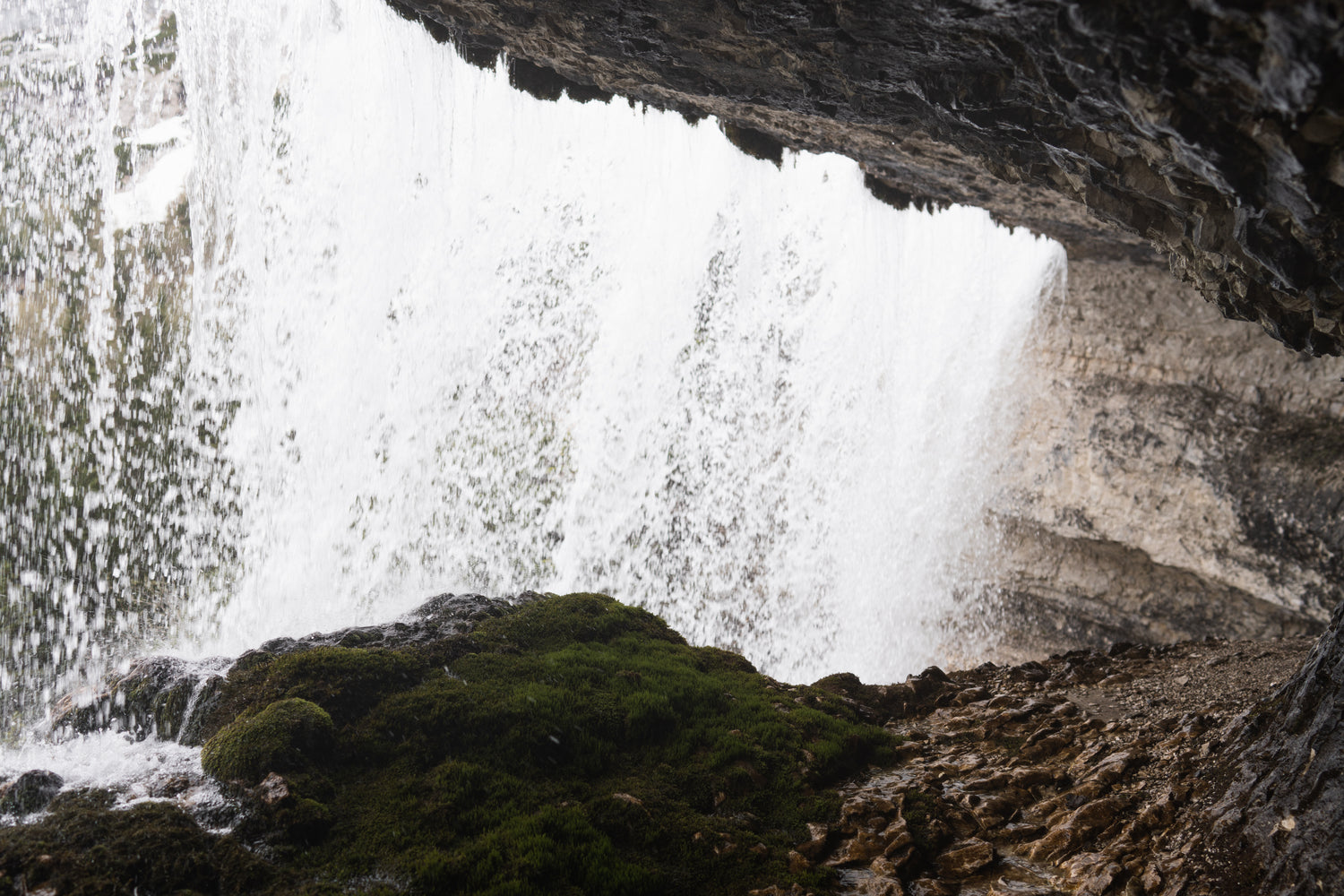
“I should actually close the store” - The Zanier Gloves climate protection strategy.
CEO Markus Zanier was of course aware that his company produces greenhouse gases. But the result of the first carbon footprint in 2019 was shocking. The glove company generates an incredible 279 tons of CO2 per year! “We should actually close the store,” says Markus Zanier. But that wasn't an option. His goal: a sustainable future for the company founded by his parents and the future generation. To achieve this, all emissions caused by ZANIER were precisely defined together with ClimatePartner , regardless of where and by whom in the value chain they are generated: In production, transportation or at our company headquarters in Innsbruck. By our team or partner companies. The resulting carbon footprint was used to develop a customized climate protection strategy:
- Measure 1: Zanier avoids and reduces CO2.
Based on our carbon footprint, we can identify areas of the company that make it possible to reduce and avoid emissions: For example, through green electricity, energy efficiency or the processing of climate-friendly materials such as local Tirolwool®, 100% recycled Primaloft® fibers as insulation, Sympatex® as an ecological, fully recyclable membrane, Loden from Austria and the new PFC-free Gore-Tex laminate. “We have gone through every single material we work with,” says Markus Zanier. - Measure 2: support for climate protection projects.
We also take responsibility for our remaining emissions. At an international level, Zanier is supporting a climate protection project in China that is helping to shift electricity generation from polluting coal-fired power plants to wind energy. As a traditional Tyrolean company, we are firmly rooted in the local mountain world and therefore also support a climate protection project in the Alps: Vitalpin KlimaInvest builds bridges to a future in which people, the economy and nature are in balance with each other. - Independent control: transparent presentation of our carbon footprint.
Customers and partners can use our ClimatePartner ID to find out how much we spend on climate protection projects and learn more details about the projects.
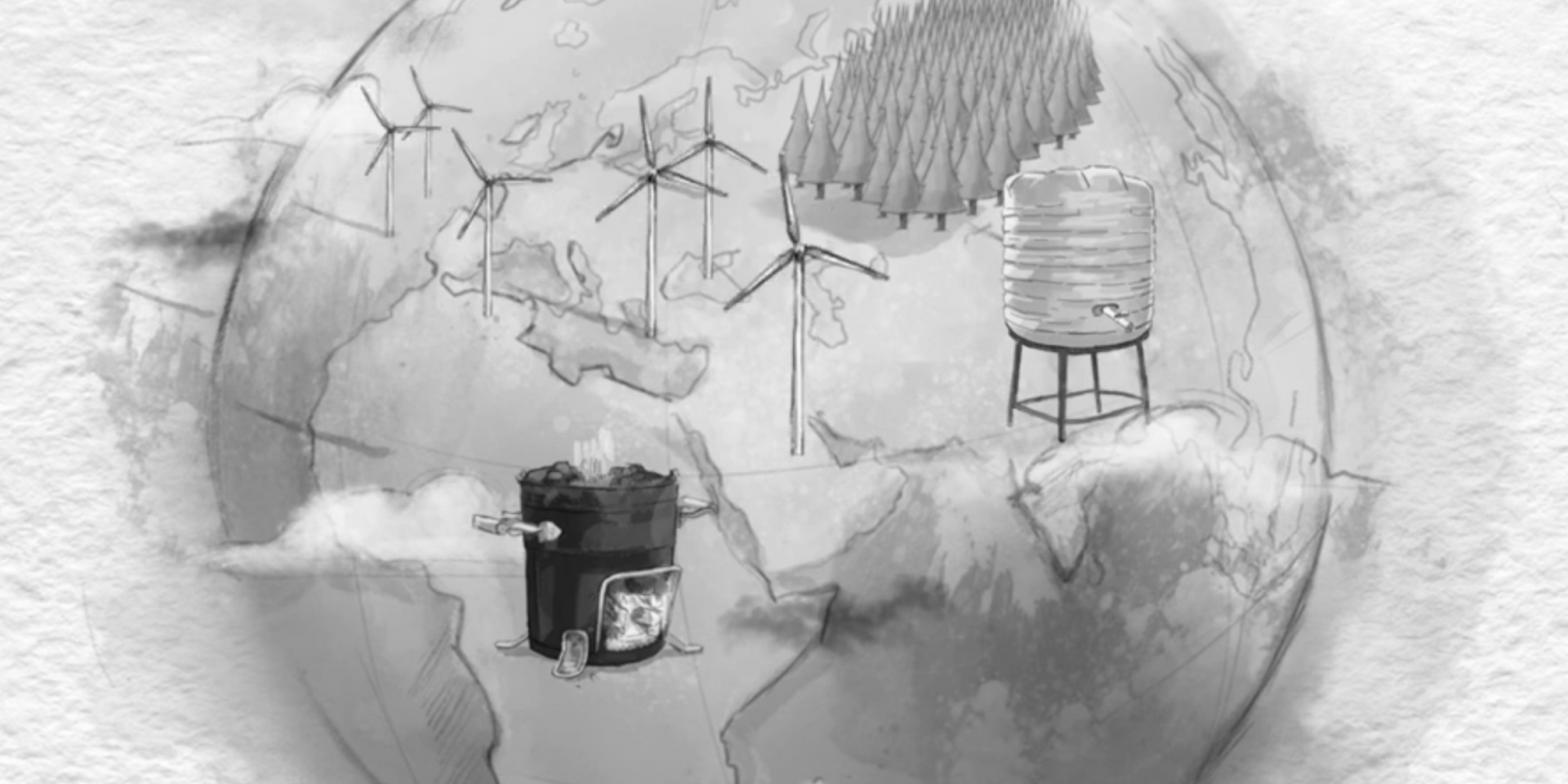

" For me as an entrepreneur and father, environmental protection is a human goal, not a strategic one. We have been the world's first climate-neutral glove brand since 2019 and the firstClimatePartner-certified glove brand since 2023 and are constantly looking for further potential for avoidance and reduction.
- Markus Zanier, CEO Zanier Gloves
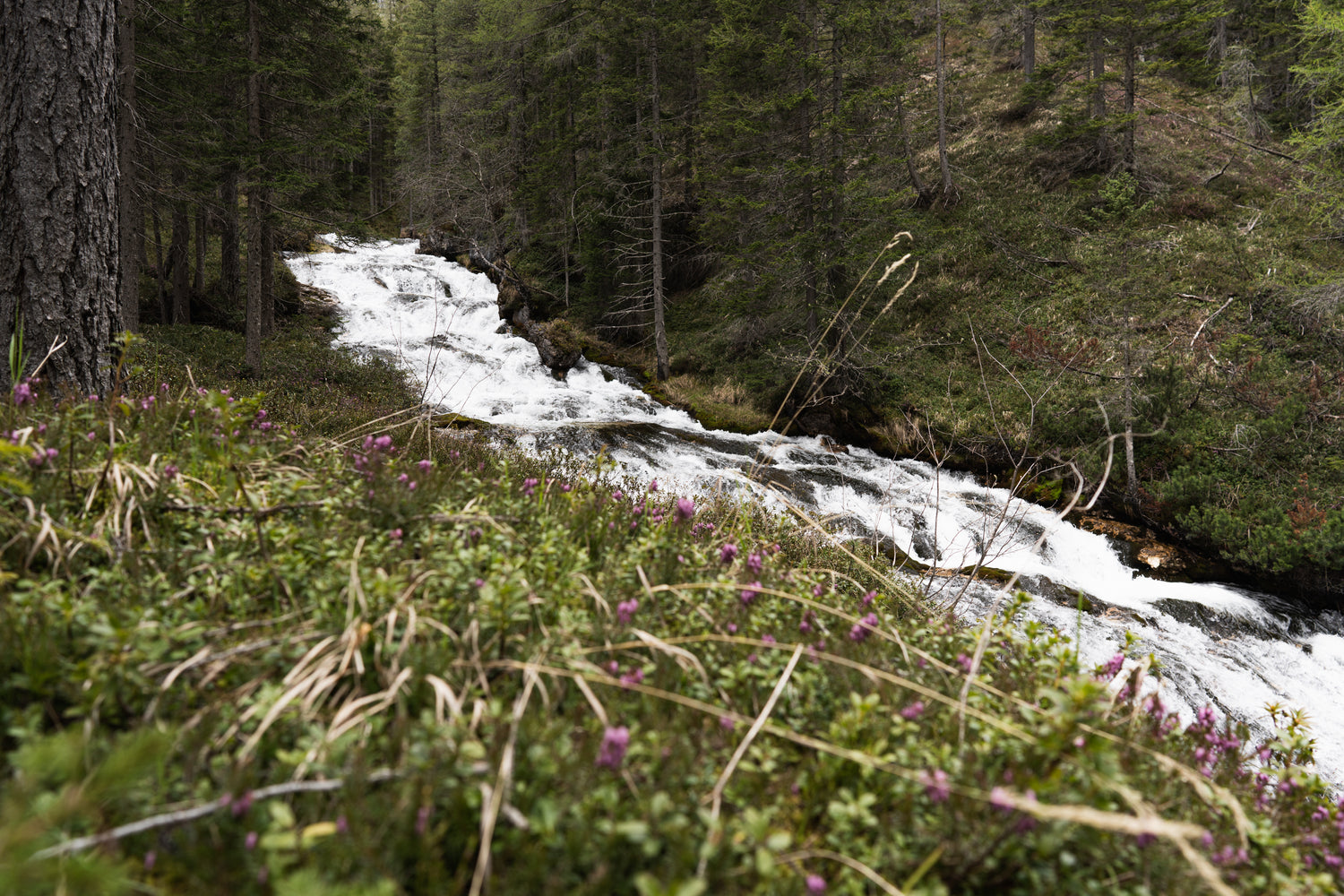
Zanier Gloves is not only about making high-quality gloves, but also about protecting our planet. “ We only have this one sphere to live on. We have to take good care of it, ” says Markus Zanier. Every pair of gloves we produce is made with the aim of preserving our environment and protecting our playground, nature, for future generations. That is our personal commitment as a family business. To nature. To our children and grandchildren. The only right way into the future.
Photo credits: Peter Märkl | Magdalena Schneider





